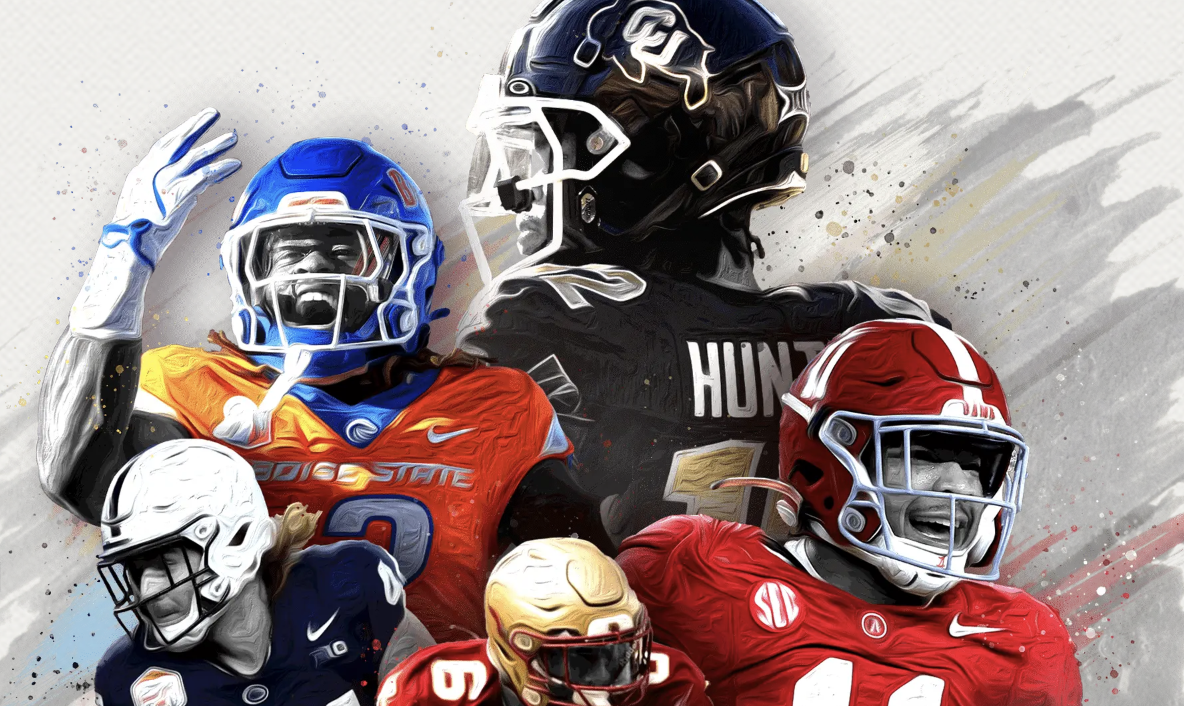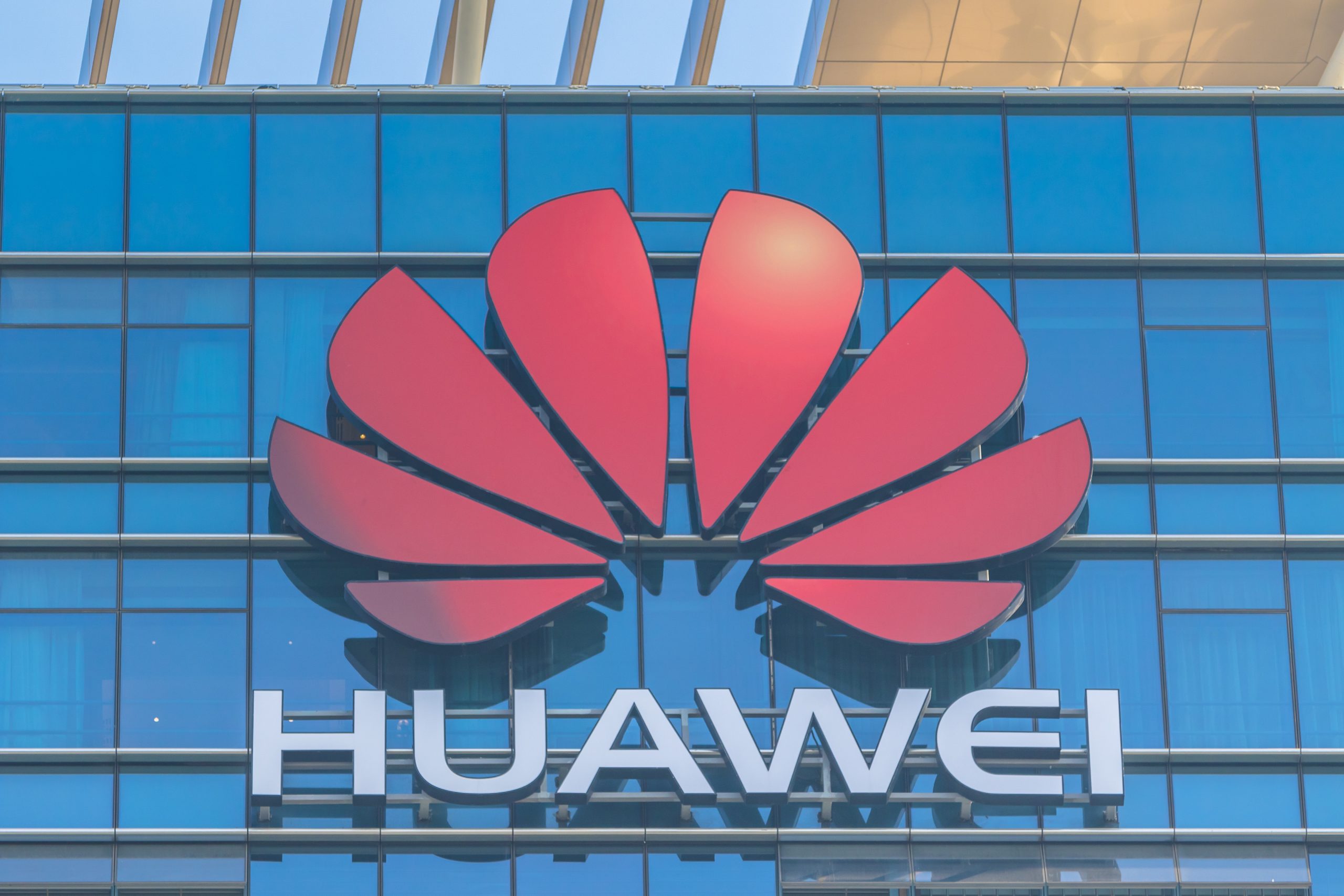The countdown to the 2025 NFL Draft is upon us.
This is the time of year when professional football teams are hoping to get the next Tom Brady, Joe Montana or Deion Sanders. Every now and then there are a couple of “can’t miss” prospects such as Peyton Manning or Saquon Barkley, but there are often far more draft busts than hits. It raises the question of why this is given the amount of money and resources teams pour into scouting, the NFL Combine, workout days and more.
The reason is that scouting is an imperfect science. A player at a top-ranked school, such as Alabama or Georgia, rarely faces competition on par with his team, skewing his statistics to the positive. Conversely, players from smaller schools do not get the airtime to show their skills. NFL Hall of Fame quarterback Kurt Warner is a great example of this, as he went undrafted after playing for the University of Northern Iowa but had a stellar NFL career.
At the recent MIT Sloan Sports Analytics Conference, I met a company, Sumer Sports, that is trying to change this by using AI-based video analytics to study every player on every play to understand whether they are making the right decisions that lead to success.
At the event I spoke with Chief Executive Lorrissa Horton, and she explained the mission of the company is to use AI to evaluate “every single player at the frame level, which leads to the snap level and then game level.” However, despite the rich set of data, Horton clarified it was important to bring in their knowledge of seasoned football professionals to ensure the AI is interpreting the data correctly.
She mentioned the company currently has 20 NFL veterans that work alongside the data scientists to bring these two worlds together. Horton admitted these are currently two worlds that have not overlapped, but the “two sides” have done a good job of learning from each other to understand problems and how data and analytics can solve it.
Sumer Sports is currently using its AI platform for the following three specific use cases.
Optimized roster construction: By analyzing player performance data in detail, Sumer helps teams identify undervalued players, make strategic trades and build rosters that maximize on-field performance within salary cap constraints.
Enhance player evaluation: The platform provides advanced tools for evaluating player skills, potential and fit within a team’s system. This goes beyond traditional scouting methods, incorporating a wider range of data points to provide a more comprehensive assessment.
Improve decision-making: Sumer Sports offers insights that can inform various strategic decisions, from game-day play calling to long-term roster planning.
There are currently several other data sources for football, and I asked Horton as to how Sumer Sports was different. “The combination of humans and AI allow us to combine subjective and objective information into a single point of view,” she said. “Also, our frame level information is very important as we look the different roles for every player on a given snap. This lets us see how receivers create space, how the ball is being caught and then grade each player on every play. This gives us a better understanding of how each player contributes and how they can improve.”
Over time, I fully expect all teams in every league at all levels to use AI. In the near term, it will be interesting to see how fast NFL teams will adopt AI-based tools such as Sumer Sports. The company currently has several NFL and NCAA teams using the product and is working on more, but resistance from “old school” thinking does exist.
At the conference, Horton was on a panel with Scott Pioli, who has had front-office jobs with the Patriots, the Chiefs, the Jets, the Ravens and others. Pioli admitted that Sumer Sports represents a threat to many people in football and can “scare” them, as he put it, but did state that attitude must change.
He cited his own epiphany moment was when he met Washington Commands QB Jayden Daniels when he was at LSU. Daniels came out of a practice session with a virtual reality headset and Pioli explained his first thought was that Daniels needs to stop playing games and take football seriously.
Daniels explained the VR headset allowed him to experience a stadium he had never played at before to better prepare. He knew where the clocks were, he could hear fan noise and understand the distractions. Pioli used this as his “aha” moment for the advancement of technologies such as VR in football.
Long-term, there are endless possibilities for Sumer. It can go deeper into football and expand to high school football; it can create training tools or expand to other sports. Horton said all are on the table, but right now the company is laser-focused on building the best collegiate and professional football tool.
For those following the draft, the company has created a free draft guide giving its own rankings of players. For those following the draft, it’s worth the download to get the additional insights to see what kind of player your favorite team has drafted.
Zeus Kerravala is a principal analyst at ZK Research, a division of Kerravala Consulting. He wrote this article for News.
Image: Sumer Sports
Your vote of support is important to us and it helps us keep the content FREE.
One click below supports our mission to provide free, deep, and relevant content.
Join our community on YouTube
Join the community that includes more than 15,000 #CubeAlumni experts, including Amazon.com CEO Andy Jassy, Dell Technologies founder and CEO Michael Dell, Intel CEO Pat Gelsinger, and many more luminaries and experts.
THANK YOU










